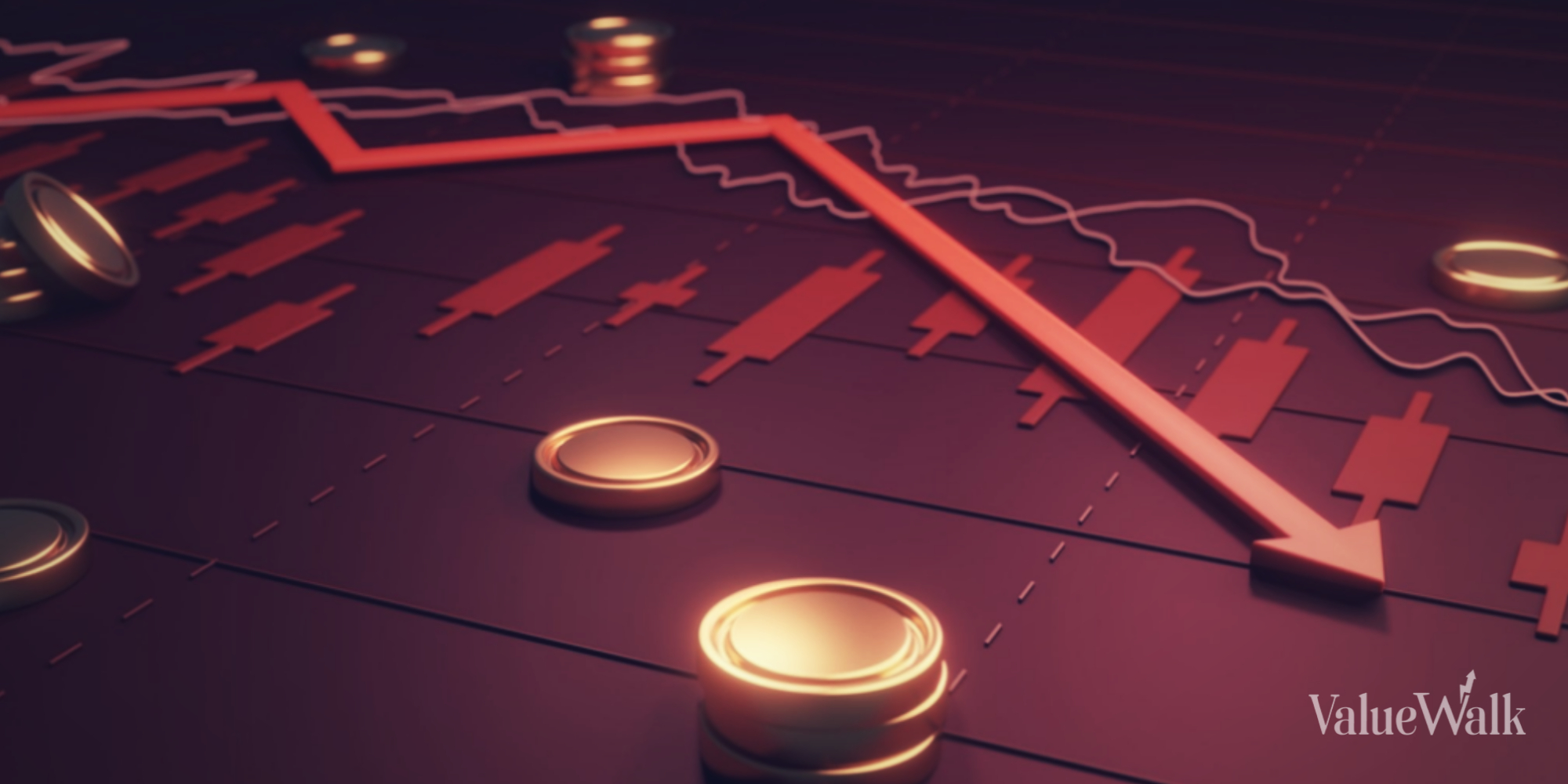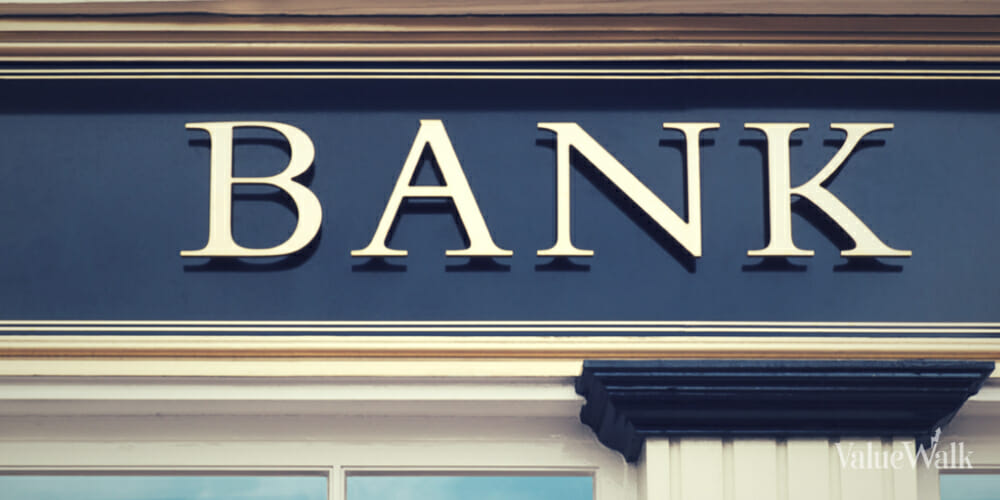I recently went an exciting exhibition of “Pierre Bonnard: The Color of Memory” at Tate Modern. At a late stage of his life and art he said: “I am just beginning to understand what it is to paint. A painter should have two lives, one in which to learn, and on in which to practice his art.”
I think that this insight is relevant to investment management practitioners too. In my book Time Investing I propose that returns one earns have a direct relationship to monitoring period. Meaning that the longer the period during which we make ourselves comfortable with company and its stock price (these two being not same at all), observe real business and track share price fluctuations, the better decisions we will be able to make and the better risk-adjusted returns can be expected.
Q1 hedge fund letters, conference, scoops etc
By practicing such tactic, we would advance closer to the actual implementation of the idea formulated by French philosopher Albert Camus. He said, “We cannot create experience; we must undergo it”. I think that just as in real life, in financial markets as well, it is difficult to teach someone to make the investment decision quickly and then be patient: investor has to “undergo” this experience before the decision.
Warren Buffett once said: “If past history was all there is to the game, the richest people would be librarians”. Both Camus and Buffett certainly have a point. Nothing can replace actual practice and experience. But as we deal with money and put it at risk, it would be nice to have some way to “undergo” this experience without risking too much, or, if we do put capital at risk, at least to optimize the process somehow instead of investing first and only after this starting to work on exercising patience.
Outcomes of investment decisions become better if we allow some period to monitor the company and its share price.
Well-known hedge fund manager, Ricky Sandler, once said: “Out best ideas tend to come from what I call ’old research, new events’. That’s typically the good company you’ve studied carefully and would love to own at the right price, that gets marked down after it trips or its industry goes out of favor”
I think that there is more to it here than just waiting for a lower (cheaper) price: by following and researching company for few years you are being exposed to many uncertainties and surprises, and this in turn allows you to calibrate yourself and decrease a range of “unknowns”.
To provide an example, one can look at current situation in shares of FirstGroup plc, railroad and bus operator with divisions in both UK and the US. Over the past five years, share price declined by about 20% percent. FirstGroup was under pressure as far back as in December 2013 by several activist investors to transform the company. Among the steps which could be taken were cited possible separation and spin-off of FirstGroup US segment, sale of Greyhound, and change of company’s capital structure. With Brexit much closer, it is quite possible that FirstGroup will take steps to streamline and optimize its operations. For example, one company that had both UK and US businesses that went along the same rote recently is Greencore Group plc, which sold the US operations in November 2018. In September 2018 it was reported by the media that FirstGroup attracted interest from buyout firms including CVC Capital Partners while one of top shareholders reiterated its call for reforms and implied that it is time to “end shareholder value-destroying show”.
Investors are often trying to hold onto investments we already made, or to analyze them to “death” while trying to make a correct decision. Instead of this, investors can develop a different pattern of practice. We can deliberately monitor possible investment actively for a prolonged period without making actual investment. Subsequent holding period can “mirror”, at least partially, the length of research and monitoring period. This should help achieve better returns because the more time and effort we spend monitoring and analyzing investment target, the higher should be the risk-adjusted return.
Article By Alex Gavrish, Etalon Capital Ltd; author of "Story Investing"






